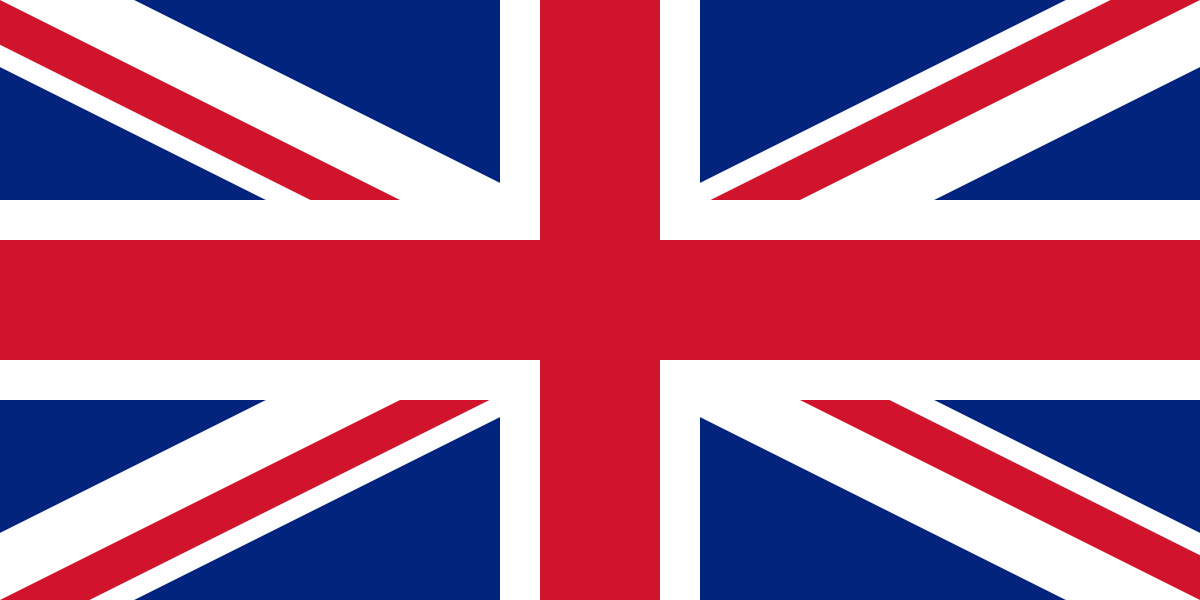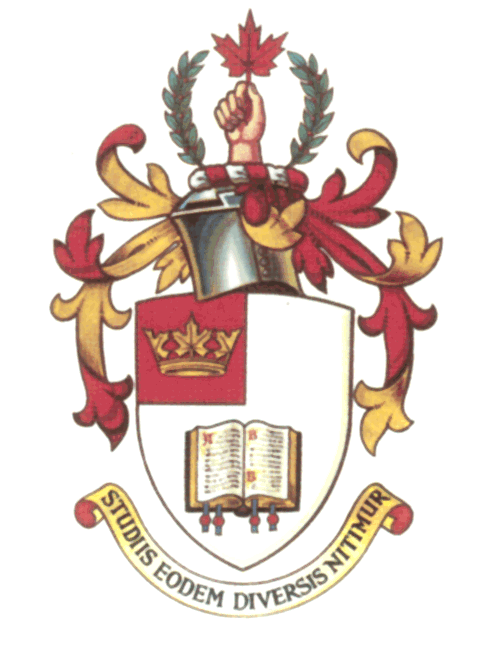Browse "Things"
-
Article
Canadians in the Royal Naval Air Service
During the First World War, more than 900 Canadians served in Britain’s Royal Naval Air Service (RNAS). Members of the RNAS were involved in the defence of Britain, support of land operations, and anti-submarine warfare.
"https://d2ttikhf7xbzbs.cloudfront.net/RNAS/assembling-seaplane-RNAS.jpg" // resources/views/front/categories/view.blade.php
https://d2ttikhf7xbzbs.cloudfront.net/RNAS/assembling-seaplane-RNAS.jpg
-
Article
Royal Newfoundland Constabulary
Royal Newfoundland Constabulary is the only major police force in Canada not to equip its members with firearms for patrol duties. The withdrawal of British troops from Newfoundland in 1870 forced the Island's authorities to replace the system of local constables with a more efficient police force.
"https://development.thecanadianencyclopedia.ca/images/tce_placeholder.jpg?v=e9dca980c9bdb3aa11e832e7ea94f5d9" // resources/views/front/categories/view.blade.php
https://development.thecanadianencyclopedia.ca/images/tce_placeholder.jpg?v=e9dca980c9bdb3aa11e832e7ea94f5d9
-
Article
Royal Newfoundland Regiment
The Newfoundland Regiment was established in September 1914 and served overseas during the First World War. It was redesignated the Royal Newfoundland Regiment in 1918. The regiment served in the Gallipoli (or Dardanelles) campaign, and in France and Belgium. It suffered heavy casualties during the Battle of Beaumont-Hamel on 1 July 1916; more than 80 per cent of the regiment was either killed or wounded. The regiment was disbanded in 1919. In 1949, after Newfoundland entered into confederation with Canada, the Newfoundland Regiment was re-established as a Royal Canadian Infantry Corps reserve regiment.
"https://d2ttikhf7xbzbs.cloudfront.net/NfldRegt/BH caribou names.jpg" // resources/views/front/categories/view.blade.php
https://d2ttikhf7xbzbs.cloudfront.net/NfldRegt/BH caribou names.jpg
-
Article
Royal Prerogative of Mercy
Royal Prerogative of Mercy The federal Cabinet has the power to pardon anyone who has been convicted of a criminal offence. The pardon can be free or conditional. The effect of a free pardon is that the person is deemed never to have committed the offence for which they were convicted.
"https://development.thecanadianencyclopedia.ca/images/tce_placeholder.jpg?v=e9dca980c9bdb3aa11e832e7ea94f5d9" // resources/views/front/categories/view.blade.php
https://development.thecanadianencyclopedia.ca/images/tce_placeholder.jpg?v=e9dca980c9bdb3aa11e832e7ea94f5d9
-
Article
Royal Proclamation 1763 Document
Royal Proclamation, 1763: DocumentSelected text of the Royal Proclamation:Whereas we have taken into Our Royal Consideration the extensive and valuable acquisitions in America, secured to our Crown by the late Definitive Treaty of Peace concluded at Paris, the 10th day of February last; and being desirous that all Our loving Subjects, as well of our Kingdom as of our Colonies in America, may avail themselves with all convenient Speed, of the great Benefits and Advantages...
"https://development.thecanadianencyclopedia.ca/images/tce_placeholder.jpg?v=e9dca980c9bdb3aa11e832e7ea94f5d9" // resources/views/front/categories/view.blade.php
https://development.thecanadianencyclopedia.ca/images/tce_placeholder.jpg?v=e9dca980c9bdb3aa11e832e7ea94f5d9
-
Article
Royal Proclamation of 1763
The Royal Proclamation of 1763 was issued by King George III on 7 October 1763. It established the basis for governing the North American territories surrendered by France to Britain in the Treaty of Paris, 1763, following the Seven Years’ War. It introduced policies meant to assimilate the French population to British rule. These policies ultimately failed and were replaced by the Quebec Act of 1774 (see also The Conquest of New France). The Royal Proclamation also set the constitutional structure for the negotiation of treaties with the Indigenous inhabitants of large sections of Canada. It is referenced in section 25 of the Constitution Act, 1982. As such, it has been labelled an “Indian Magna Carta” or an “Indian Bill of Rights.” The Proclamation also contributed to the outbreak of the American Revolutionary War in 1775. The Proclamation legally defined the North American interior west of the Appalachian Mountains as a vast Indigenous reserve. This angered people in the Thirteen Colonies who desired western expansion.This is the full-length entry about the Royal Proclamation of 1763. For a plain language summary, please see Royal Proclamation of 1763 (Plain Language Summary).
"https://development.thecanadianencyclopedia.ca/images/tce_placeholder.jpg?v=e9dca980c9bdb3aa11e832e7ea94f5d9" // resources/views/front/categories/view.blade.php
https://development.thecanadianencyclopedia.ca/images/tce_placeholder.jpg?v=e9dca980c9bdb3aa11e832e7ea94f5d9
-
Article
Royal Proclamation of 1763 (Plain-Language Summary)
The Royal Proclamation of 1763 was issued after the British defeated the French at Québec City in 1759 and Montreal in 1760 (see Battle of the Plains of Abraham and Seven Years’ War). After those defeats, New France (1608-1763) was taken over by the British. The Proclamation brought the new Province of Quebec under British control.
"https://development.thecanadianencyclopedia.ca/images/tce_placeholder.jpg?v=e9dca980c9bdb3aa11e832e7ea94f5d9" // resources/views/front/categories/view.blade.php
https://development.thecanadianencyclopedia.ca/images/tce_placeholder.jpg?v=e9dca980c9bdb3aa11e832e7ea94f5d9
-
Article
Royal Regiment of Canada Band
Royal Regiment of Canada Band. Toronto-based volunteer militia band attached to the Royal Regiment of Canada (founded in 1862 as the 10th Battalion Volunteer Militia). The band received its first set of drums and instruments in 1863.
"https://development.thecanadianencyclopedia.ca/images/tce_placeholder.jpg?v=e9dca980c9bdb3aa11e832e7ea94f5d9" // resources/views/front/categories/view.blade.php
https://development.thecanadianencyclopedia.ca/images/tce_placeholder.jpg?v=e9dca980c9bdb3aa11e832e7ea94f5d9
-
Article
Royal Society of Canada
The Royal Society of Canada is the oldest bilingual organization of Canadian scholars, artists and scientists in the fields of humanities, social sciences and sciences. Created in 1883, the Royal Society of Canada included more than 2,000 members in 2017, approximately 20 per cent of whom had French as their mother tongue. Members are elected for their remarkable contributions in the arts, the humanities and the sciences, as well as in Canadian public life. The Society’s headquarters are located in Ottawa, Ontario.
"https://d2ttikhf7xbzbs.cloudfront.net/media/media/a7fc8685-320f-482f-883c-cfcdb8d8c741.GIF" // resources/views/front/categories/view.blade.php
https://d2ttikhf7xbzbs.cloudfront.net/media/media/a7fc8685-320f-482f-883c-cfcdb8d8c741.GIF -
Article
Royal St John's Regatta
The Prince of Wales, later Edward VII, visited in 1860 and offered £100 to the winner. Times improved in the late 19th century, and in 1901 a crew from Outer Cove set a record time, 9:13.75, that was not broken until 1981 (the crew has been elected to the CANADA SPORTS HALL OF FAME).
"https://d2ttikhf7xbzbs.cloudfront.net/media/media/5e22d59e-53b3-40ce-a9d9-539f40259bc8.jpg" // resources/views/front/categories/view.blade.php
https://d2ttikhf7xbzbs.cloudfront.net/media/media/5e22d59e-53b3-40ce-a9d9-539f40259bc8.jpg
-
Article
Royal Trustco Ltd
Royal Trustco Ltd, with head offices in Ottawa, was a Canadian holding company incorporated in 1978 to become the parent of the Royal Trust group of companies. It carried on trust, financial, real-estate and deposit services in over 100 branches in Canada, the US and overseas.
"https://development.thecanadianencyclopedia.ca/images/tce_placeholder.jpg?v=e9dca980c9bdb3aa11e832e7ea94f5d9" // resources/views/front/categories/view.blade.php
https://development.thecanadianencyclopedia.ca/images/tce_placeholder.jpg?v=e9dca980c9bdb3aa11e832e7ea94f5d9
-
Article
Royal Union Flag (Union Jack)
Before the adoption of the maple leaf–designed National Flag of Canada in 1965, Canada, first as a colony and later as a dominion, was represented by a succession of royal flags — the flag of France, the Cross of St. George, the first version of the Royal Union Flag (combining the English and Scottish flags), and, finally, the current Royal Union Flag (combining the British and Irish flags, and also known as the Union Jack).
"https://d2ttikhf7xbzbs.cloudfront.net/media/media/dfb0588f-9e6d-41df-aba0-bc28e28a97c6.png" // resources/views/front/categories/view.blade.php
https://d2ttikhf7xbzbs.cloudfront.net/media/media/dfb0588f-9e6d-41df-aba0-bc28e28a97c6.png
-
Article
Royal Victoria Hospital
Royal Victoria Hospital, Montréal, is a teaching hospital affiliated with McGill University. Its original building on the southern slopes of Mount Royal is the premier Canadian illustration of pavilion-plan hospital architecture.
"https://development.thecanadianencyclopedia.ca/images/tce_placeholder.jpg?v=e9dca980c9bdb3aa11e832e7ea94f5d9" // resources/views/front/categories/view.blade.php
https://development.thecanadianencyclopedia.ca/images/tce_placeholder.jpg?v=e9dca980c9bdb3aa11e832e7ea94f5d9
-
Macleans
Royal Wedding of Edward and Sophie
If the tabloids had their way, this royal wedding would be remembered as the saga of Sophie's bared breast. It is a poignant story, even a little tawdry, about a bashful prince and a canny career girl.This article was originally published in Maclean's Magazine on June 21, 1999
"https://development.thecanadianencyclopedia.ca/images/tce_placeholder.jpg?v=e9dca980c9bdb3aa11e832e7ea94f5d9" // resources/views/front/categories/view.blade.php
https://development.thecanadianencyclopedia.ca/images/tce_placeholder.jpg?v=e9dca980c9bdb3aa11e832e7ea94f5d9
-
Article
Royal William
The Royal William was the first Canadian ship to cross the Atlantic entirely under steam power. It was built by Messrs Black and Campbell and launched on 27 April 1831 by Lord and Lady Aylmer at Québec. The steam
"https://d2ttikhf7xbzbs.cloudfront.net/media/media/880cecc5-9899-4e5e-aa1c-1d846d970530.jpg" // resources/views/front/categories/view.blade.php
https://d2ttikhf7xbzbs.cloudfront.net/media/media/880cecc5-9899-4e5e-aa1c-1d846d970530.jpg

